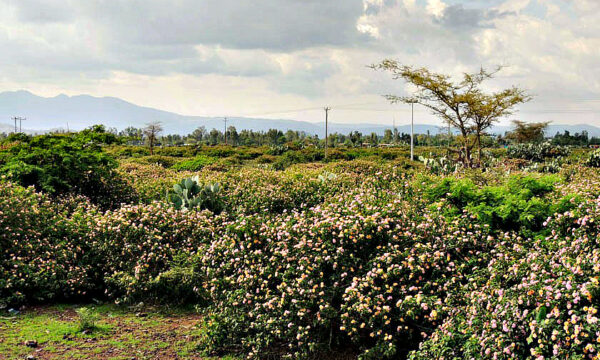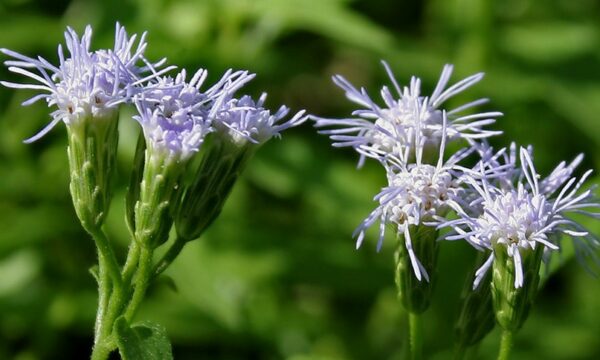By Samantha Garvin. Reblogged from JRS Biodiversity Foundation.

Lantana Camara is an invasive species in East and Southern Africa
CABI has published one of the most complete and current datasets on Invasive Alien Plants (IAP) in East and Southern Africa. This extraordinary dataset is already being translated into new research findings and conservation action on the ground.
Invasive Alien Plants (IAP) can be harmful to ecosystems, especially those rich in biodiversity. For natural resource managers, invasive plants can present huge management challenges. In order to begin to tackle IAP, being able to identify these invaders and know where they occur is a great place to start.

The Invasive Alien Plant Data was collected throughout East and Southern Africa
CABI’s project, led by Arne Witt, to fill knowledge gaps in the presence and distribution of IAPs in East and Southern Africa has reached a major milestone – the point occurrence data has been digitally published! In 2012, Arne Witt undertook a massive data collection effort to record IAP species throughout eastern and much of southern Africa, collecting 120,000 data points. Data was collected by driving over thousands of kilometers of roads in Ethiopia, Kenya, Rwanda, Tanzania, Uganda, Malawi, and Zambia.
The raw survey data was processed by Tim Beale, a data analyst at CABI. After cleaning the data, ensuring that the data meets Darwin Core Standards, and receiving endorsement from GBIF to publish via the Integrated Publishing Toolkit (IPT), 77,075 records of 75 IAP species have been published to GBIF. The dataset can be downloaded here.
When biodiversity data is reliable, easily-accessible, and high quality, it is more likely to be used to support conservation decision-making. Since the IAP data sets are open access, it is no surprise that the data has already been used. As of October 2018, the data set has been downloaded over 2,000 times. Researchers have wasted no time in writing publications from the data. Arne Witt and co-authors have published four journal articles with two additional manuscripts recently accepted for publication. The data has also been used in the compilation of two publications by other authors. The published data and research papers have already had local impact. Following the publication of one paper on the extent of IAP in the Serengeti-Mara ecosystem (Witt et al. 2017), the local Kenyan media featured the findings, prompting Serena Hotels, a major hotel chain in the region, to start an initiative to remove all invasive species from their lodge and hotel gardens. “We have no doubt that our data is being used and will contribute to improved management of IAS and as a result contribute to improved conservation and protection of our natural resources,” said Arne Witt.
Another component of this project has been the publication and circulation of the “Guide to the Naturalized and Invasive Plants of Eastern Africa,” a field guide developed in a previous JRS supported project. One thousand hard copies have been printed and are being distributed in Ethiopia, Uganda, Tanzania, and Kenya. The guide has been circulated to various institutions and libraries across Sub-Saharan Africa and the UK in response to the many requests for it. The guide is important to building capacity and awareness of invasive alien plants.
For more information on the data publications, please see the Publications Page.
Related News & Blogs
Workshop explores strategy to tackle woody weed threat to biodiversity and livelihoods in Tanzania
CABI has taken part in a two-day workshop of a project funded by the Darwin Initiative which is aimed at tackling the scourge of woody weeds that threatens biodiversity and livelihoods in Tanzania. Dr René Eschen, based at CABI’s centre in Switzerland,…
8 June 2023




